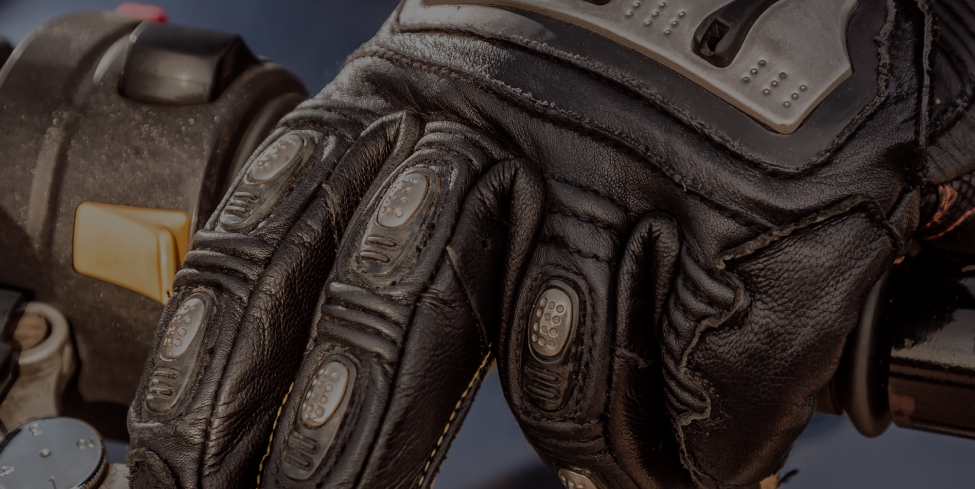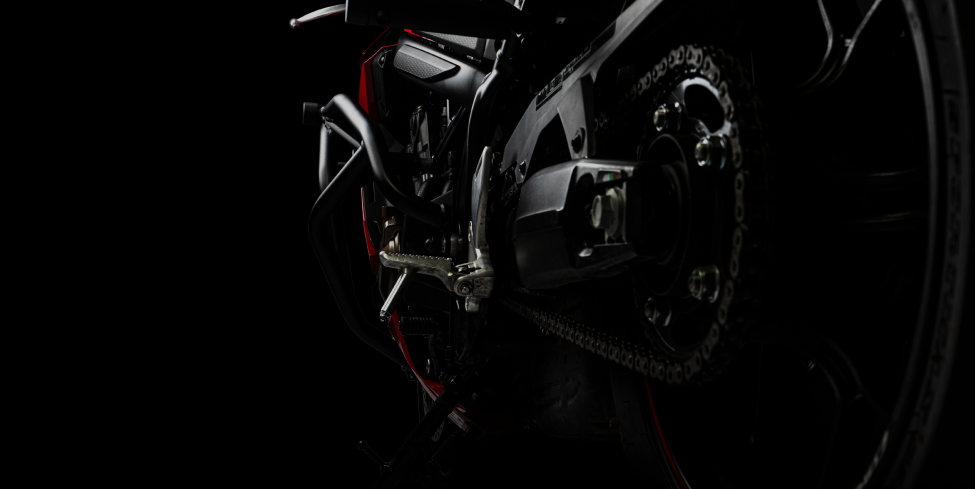-
My Cart: 0 $0
-
EN
- Call an get your test drive: +48 222-512-234

Admin, company.com
Category:Electric
Date:23 Feb, 2024
The range of an electric bike refers to the distance it can travel on a single charge. Several factors influence the range of an e-bike, and understanding them will help you estimate how far you can ride before needing to recharge.
Here's a step-by-step guide on how to figure out the electric bike range: Check the Battery Capacity: The battery capacity is usually measured in watt-hours (Wh) or ampere-hours (Ah). Higher watt-hours or ampere-hours generally indicate a larger battery and, consequently, more energy storage capacity.
You can find this information in the e-bike's user manual or specifications provided by the manufacturer. Understand Your E-Bike's Motor Power: The motor power or wattage (measured in watts) of your e-bike affects its energy consumption.
Higher motor power usually results in greater energy consumption, leading to a slightly reduced range. Again, you can find this information in the user manual or product specifications. Consider Pedal Assist Level: Most e-bikes come with multiple levels of pedal assist, allowing you to choose how much assistance the motor provides while pedaling.
Using a higher pedal assist level increases energy consumption and can reduce the e-bike's range. Keep in mind that you can adjust the level of pedal assist based on your riding needs. Factor in Terrain and Riding Conditions: The terrain and riding conditions significantly impact an e-bike's range.
Riding uphill or against strong headwinds requires more motor power and drains the battery faster, reducing the range.
Conversely, riding on flat terrain with minimal resistance will be more energy-efficient and extend the e-bike's range. Consider Rider's Weight and Riding Style: The rider's weight and riding style play a role in energy consumption.
Heavier riders or riders who frequently accelerate quickly may use more power and experience a slightly reduced range compared to lighter, more conservative riders.
Check Average Energy Consumption: Review the average energy consumption of your e-bike per distance unit (e.g., watt-hours per kilometer or mile).
This information might be available in the e-bike's specifications or provided by the manufacturer. Knowing the average energy consumption will help you estimate the range based on the battery capacity. Do a Test Ride: One of the most accurate ways to figure out your e-bike's range is by conducting a test ride under typical riding conditions.
Charge the battery fully, reset your trip meter, and ride the e-bike until the battery is nearly depleted. Note the distance covered, the remaining battery capacity, and the terrain and riding conditions encountered during the test ride.
This real-world data will give you a better understanding of the e-bike's range under your specific usage. Use Online Range Calculators: Some e-bike manufacturers or third-party websites offer range calculators that estimate the e-bike's range based on various parameters such as battery capacity, motor power, rider weight, and terrain.
While not as accurate as a test ride, these calculators can provide a rough estimate. Conclusion: Figuring out the electric bike range requires considering multiple factors, including battery capacity, motor power, pedal assist level, terrain, riding conditions, rider's weight, and riding style.
By understanding these factors and possibly conducting a test ride, you can make an informed estimate of your e-bike's range and plan your rides accordingly. Keep in mind that while range estimates are valuable, it's always a good idea to carry a charger or have a backup plan for extended rides to ensure you never get stranded without power.
As an e-bike battery ages, its capacity to hold a charge may gradually diminish. The older the battery, the less energy it can store, which can lead to a reduced range. It's essential to consider the age and health of the battery when estimating the e-bike's range. Some modern e-bike batteries come with a Battery Management System (BMS) that helps maintain the battery's health and extend its lifespan. I
f you're buying a used e-bike, inquire about the battery's age, charging cycles, and overall condition. Riding Speed: The speed at which you ride your e-bike also impacts its range. Riding at higher speeds requires more power from the motor, resulting in increased energy consumption.
Slower, more steady riding can help conserve battery power and extend the e-bike's range. While e-bikes can offer assistance up to certain speeds, riding at a moderate pace will maximize efficiency and range.
Tire Pressure and Maintenance: Proper tire pressure and regular maintenance can influence an e-bike's range. Under-inflated tires create more rolling resistance, requiring more power from the motor. Ensuring your tires are properly inflated and well-maintained will improve the efficiency of your e-bike, increasing its range. Riding Mode and Throttle Usage:
Different e-bike models offer various riding modes, such as eco, standard, and sport, each providing varying levels of assistance.
Using eco mode or lower levels of pedal assist conserves battery power and extends the range. Additionally, if your e-bike has a throttle, be mindful of how often you use it. Relying heavily on the throttle can deplete the battery more quickly compared to pedaling with assistance.
Plan for Hills and Headwinds: If your route includes significant inclines or strong headwinds, it's essential to factor these conditions into your range estimate.
Climbing hills or battling headwinds requires more power from the motor, which can shorten the e-bike's range. Plan your rides accordingly, and be mindful of how these conditions might affect your battery consumption. Carry Essential Gear: Carrying unnecessary weight can impact the e-bike's range. Minimize the load by carrying only essential items.
Additionally, if your e-bike has a rear rack or panniers, consider how the added weight might influence your range. For longer rides, plan ahead and pack efficiently to maximize your e-bike's efficiency.
Admin, company.com
Tags: Electric
Related articles
Motorcycle Handlebars and How They Affect
Motorcycle handlebars play a crucial role in determining your riding experience and control over the bike.
Admin
23 Feb,2024
View Blog
Techniques To Help You Ride Better In Snow
Riding a motorcycle in snow requires extra caution and specific techniques to ensure safety and stability on slippery surfaces.
Admin
23 Feb,2024
View Blog
The best winter motorcycle jackets
As winter sets in, staying warm and protected during motorcycle rides becomes paramount. Investing in a high-quality winter motorcycle jacket is the key to enjoying your rides even in chilly
Admin
23 Feb,2024
View Blog










